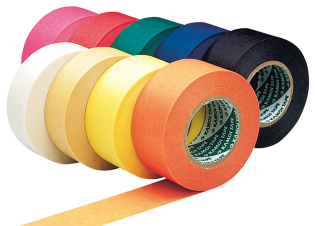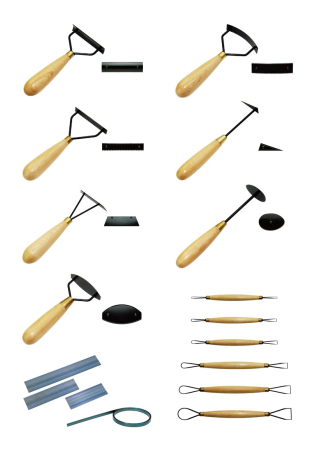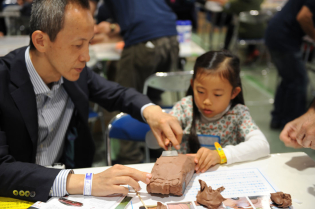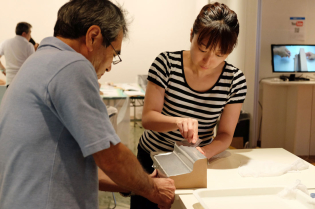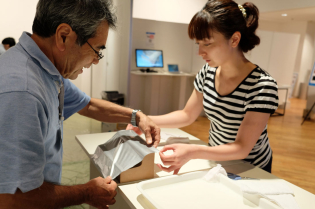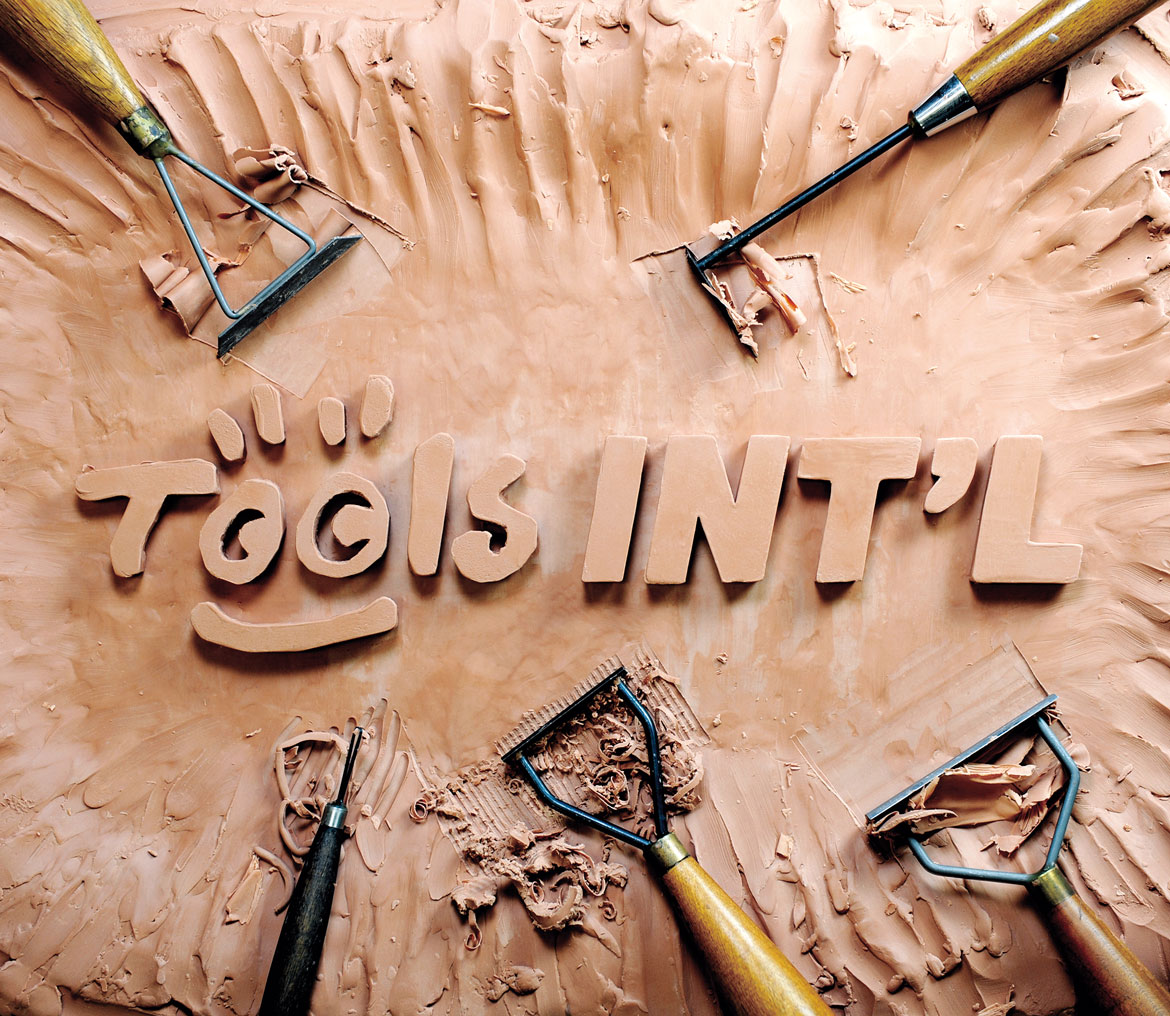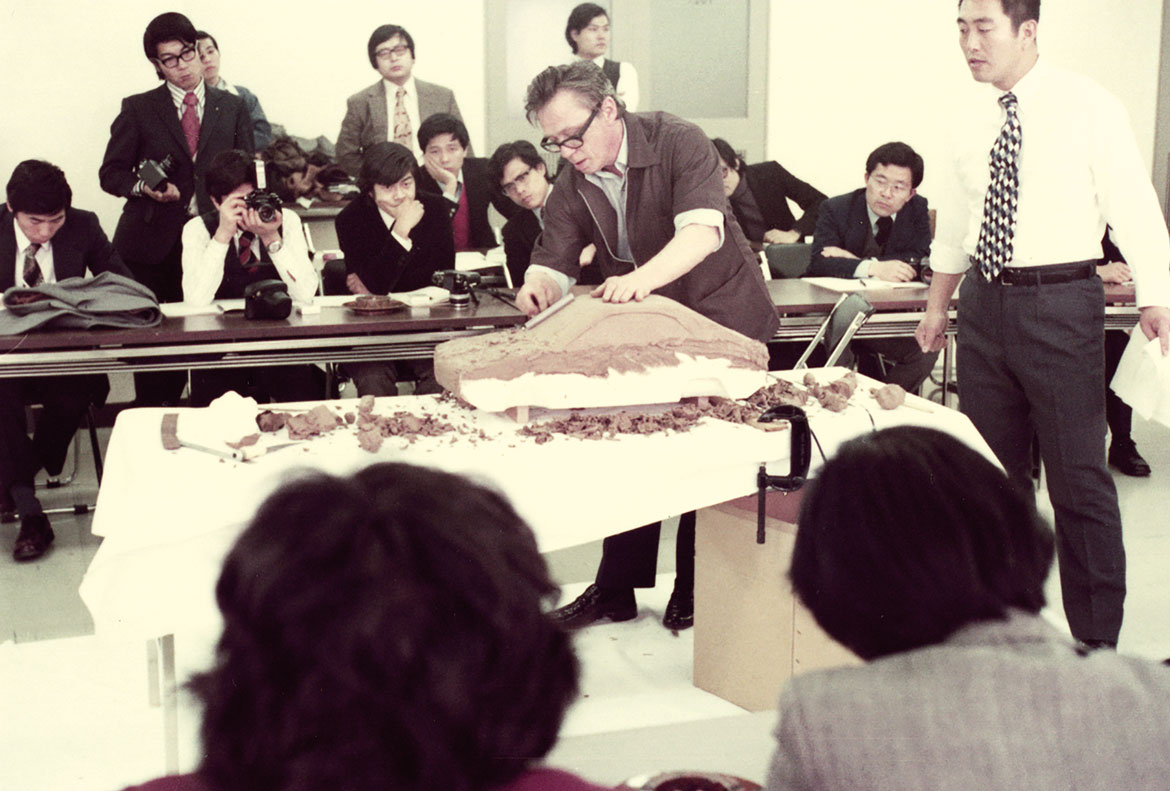It was 1919 when Soyo Ishii opened the “Izumiya Artists Supply Store” in Shibuya, the first shop in Tokyo to specialise in art materials and tools. It was a forward-looking enterprise that grew and evolved into “Tools Int’l Corp.”, one of the most important suppliers of art materials in the world, particularly strong in the design and modelling sector.
Profound consideration for creative work has dictated a number of important decisions in the history of Tools Int’l, and these have had a positive effect on the brand’s development and the recognition it has earned around the world.
In 1948 Izumiya Artists supported the Japanese Ministry for Industry and Commerce in negotiating a concession with the French company Canson for the purchase of paper for charcoal drawing, when the wartime prohibition on imports of paper was still in place. This initiative enabled Japanese artists and students to start work again and the country’s artistic and cultural scene began to revive.
The turnaround came in 1952 when a new awareness began to emerge of the value of the work done by designers, reflecting a trend taking place in other parts of the world. An article that mentioned the fee received a few years earlier by the well-known designer Raymond Loewy for his work on the design of the logo and packet for Lucky Strike cigarettes, inspired Izumiya Artists to consider the profession of the designer with new eyes, laying the foundations for a new era of design in Japan. This was followed by investment, research and the introduction into Japan of products and tools for the creative process, supported by seminars dedicated to the adoption of these new techniques by Japanese companies. Interest in this material grew and in 1972 the Izumiya Artists company persuaded the famous modeller Ron Martin from Detroit to go to Japan to hold a number of modelling seminars in Tokyo, Nagoya, Osaka and Hiroshima, thus enabling Japanese designers to familiarise with the technical potential of this product and the different ways it was already being used in large American design centres, which were then on the cutting edge in terms of their structure and methodologies.
In the early Eighties clay production got underway inside the company. From the first product, the J-525, to the present day, the Tools Int’l product range has grown steadily, and numerous variants have been developed, with different technical specifications where softness, workability, fidelity and colour are concerned, capable of adapting to the requests of the world’s leading car makers dictated by the demands of design, the climate and conservation.
Towards the end of that decade, new products joined the company range. They included coating film for clay models and “Copic” felt-tip pens which, since they first went into production in 1987, have become the chosen tool of generations of designers in more than 45 countries, thanks to their quality, wide colour range, chromatic fidelity and longevity.
Izumaya Artists changed its name to “Tools Int’l Corp.” early in the 21st century, although nothing was to change in its approach to commercial challenges, its respect of the environment and constant research. The product range will soon include the innovative totally sulphur-free Industrial Clay NS-series (now used in Style Centres the world over), Clay Modelling Films (special coating films for model finishing), aluminium sheeting to control surfaces and new work tools.
Projects on the books for 2017 include both support for numerous design events and workshops all over the world, and the launch of a new web platform that will simplify the supply of materials to style centres as well as sharing information and novelties. The site will also host interviews with some of today’s most influential designers.
Today all Tools Int’l products can be extensively customised and they reflect the company’s conviction that the key to success lies not only in a constant commitment to research and development, but also in the determination to combine the activities of communication, education and training at all levels, in order to increase our understanding of the materials offered, of their quality and their potential to improve the everyday activities of all designers. http://www.toolsintl.jp/
Full article in Auto&Design no. 221





